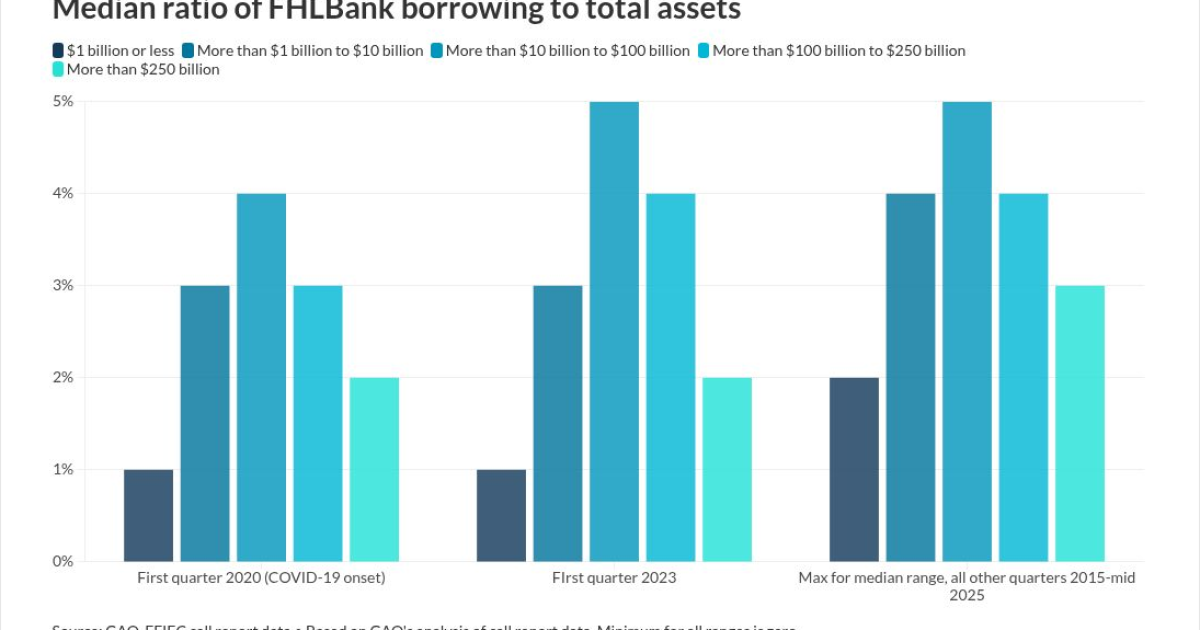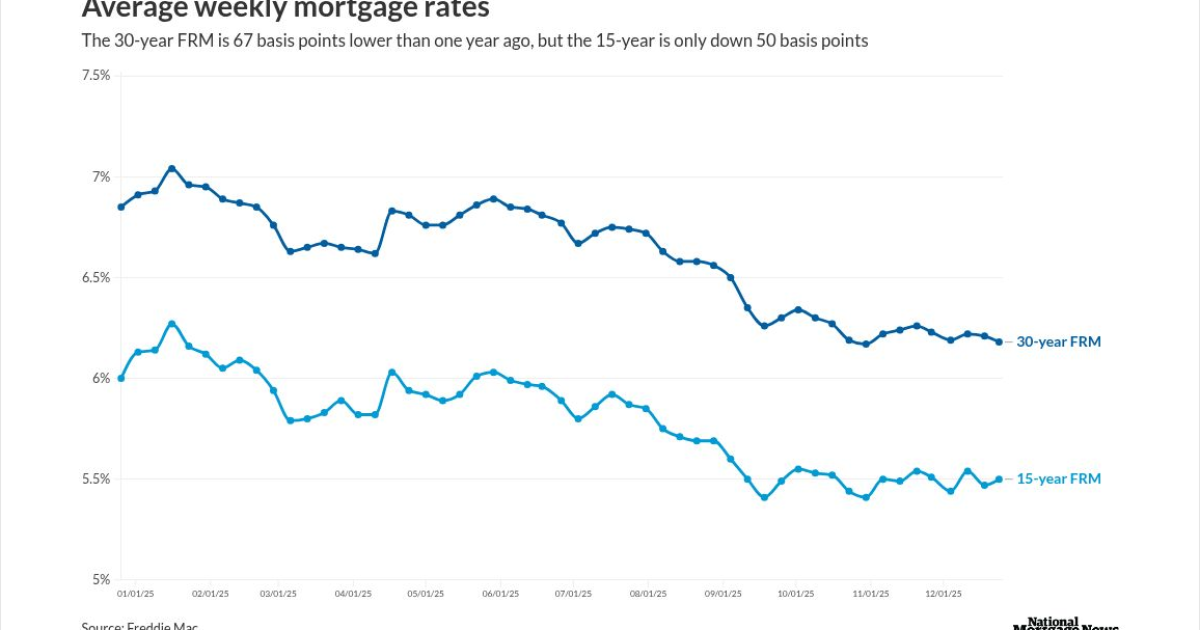
The number of
The annual change in the number of housing units increased by 377,000 to 9,555,000 in 2023, and the homeownership rate for the demographic inched up from 48.7% to 49.5% last year, according to the National Association of Hispanic Real Estate Professionals' report.
These numbers, based on the study NAHREP conducted with research partners Corelogic, Freddie Mac and Realtor.com, and jointly published with the Hispanic Wealth Project, appear to be the most significant increases since the Great Recession.
Hispanic ownership was last this high in 2007, when it was 49.7% and the study, which is derived from the U.S. Census Bureau's current population survey, also suggests the annual change hasn't been this big since 2005's addition of 404,000 household units.
(The association omitted numbers for 2000, noting that data was "likely overestimated due to methodological changes in data collection during the peak of pandemic." A gain of 668,000 reported between 2019 and 2021, suggests an estimated one-year jump of 334,000 for 2021.)
The 2023 increase was notable given elevated housing finance costs, limited inventory, and the lower homeownership rate Hispanics have compared to the total market's 65.7%.
"Despite facing unprecedented market conditions, Latinos have shown an unwavering commitment to homeownership," said Nuria Rivera, president of NAHREP, in a press release.
(NAHREP uses the terms Hispanic and Latino interchangeably to refer to people from Spanish-speaking countries, including but not limited to Mexico, Puerto Rico, Cuba, the Dominican Republic and Spain.)
The association found a strategy like
Increased co-borrowing also contributed, according to findings from NAHREP's practitioner study.
"In some cases, co-borrowers choose to buy and live together, while others offer support with the intention of coming off the loan at some point in the future," the association said in its report.
In addition to co-borrowing, strategies that helped buyers surmount affordability hurdles included
Anecdotally, the practitioner study found that in most areas over the past year, there was increasing interest in making loans to borrowers with low down payment based on individual taxpayer identification numbers rather than Social Security numbers. However, there was one instance of a countertrend.
"When all of these volatility interest rate hikes and liquidity issues the banking institutions or credit unions [ITIN loans] were the first thing to go because most of them have to be in-house," Junior Ibarra, a practitioner in Des Moines, Iowa said in the report.
Even with the market's affordability constraints, Hispanic homeowners tended to be younger than those in other groups by around 10 years or more, with a median age of 30.7.
Based on the latest Home Mortgage Disclosure Act data available at the time of the report's writing, which reflects numbers from 2022, the share of home purchase originations made to Hispanics generally skewed younger.
Among those 35 to 44, the Hispanic share was 28.5% compared to 26.5% for other demographics. For ages 25 to 34, the respective numbers were 34.1% vs. 30.8%; and for below 25, they were 7.1% and 5.7%.



